Bodypainting is a form of body art where artwork is painted directly onto the human skin. Unlike tattoos and other forms of body art, body painting is temporary, lasting several hours or sometimes up to a few weeks (in the case of mehndi or “henna tattoos” about two weeks). Body painting that is limited to the face is known as “face painting”. Body painting is also referred to as (a form of) “temporary tattoo”. Large scale or full-body painting is more commonly referred to as body painting, while smaller or more detailed work can sometimes be referred to as temporary tattoos.
Body painting has been around for centuries, with the earliest known examples dating back to the Neolithic period. In ancient Egypt, body painting was used for religious and ceremonial purposes. In ancient Greece and Rome, body painting was used for theatrical performances and for adornment. In the Middle Ages, body painting was used for religious and magical purposes. In the Renaissance, body painting became popular among artists and aristocrats. In the 19th century, body painting was used for circus performances and for freak shows. In the 20th century, body painting became popular among artists, performers, and fashion designers.

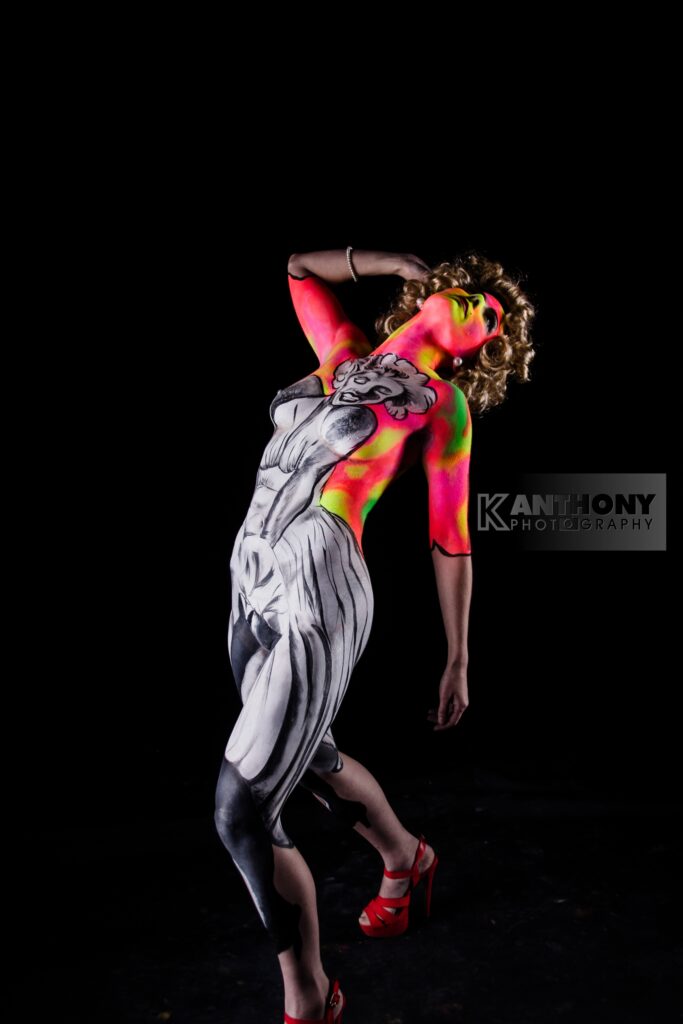
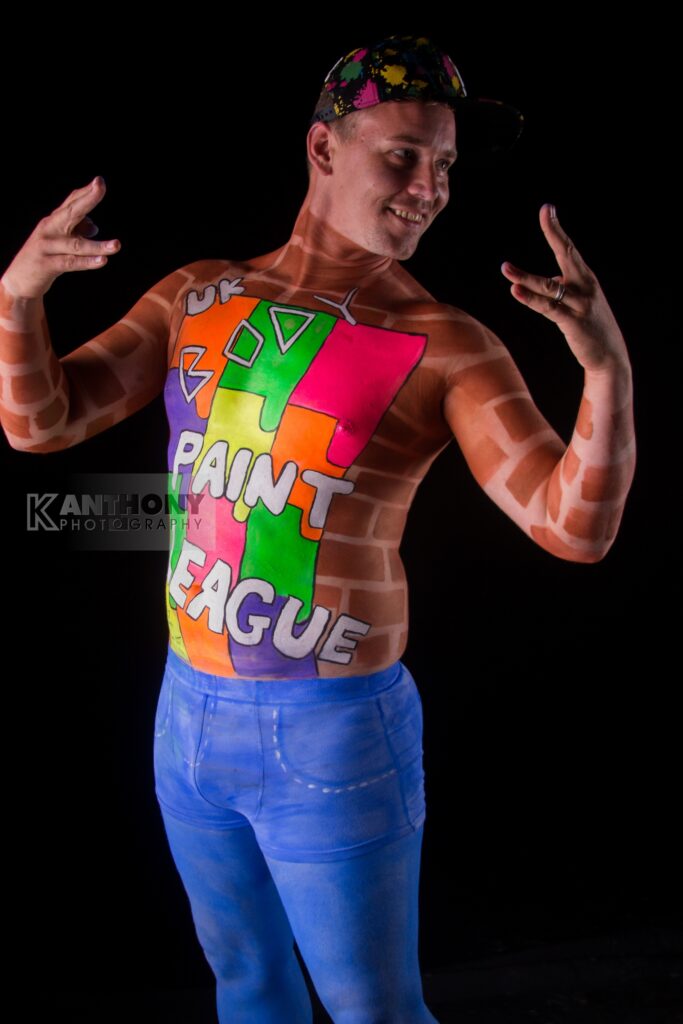
Today, body painting is a popular form of art and expression. It is used for a variety of purposes, including fashion, performance art, photography, and film. Body painting can be used to create realistic or abstract designs, and it can be used to express a variety of emotions and ideas. Most memorably was its use for a TV advertising campaign where models were camouflaged among fruit & vegetables in
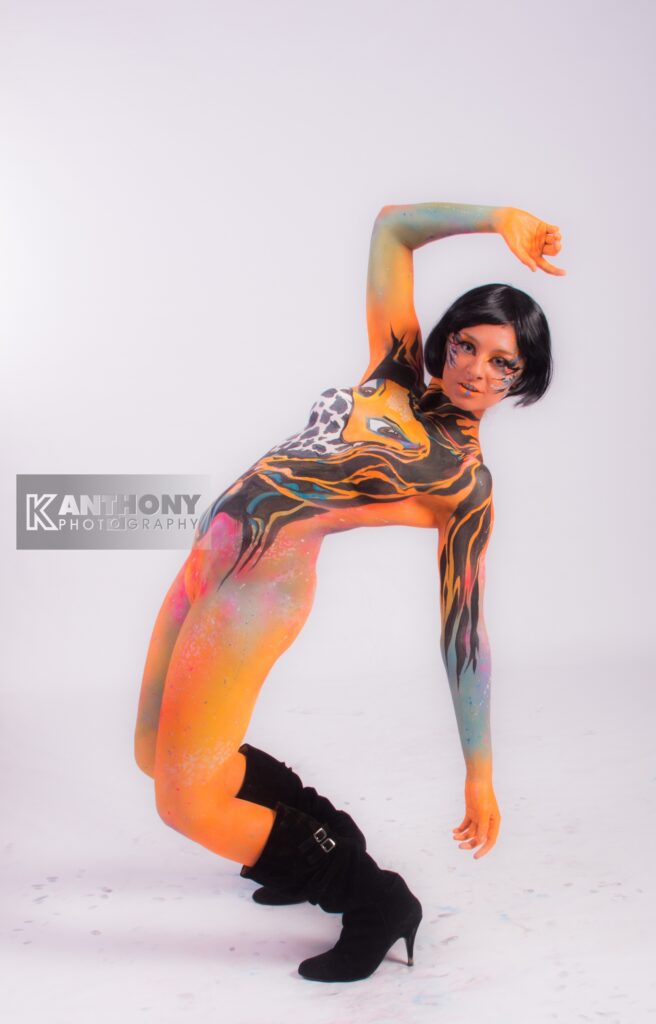
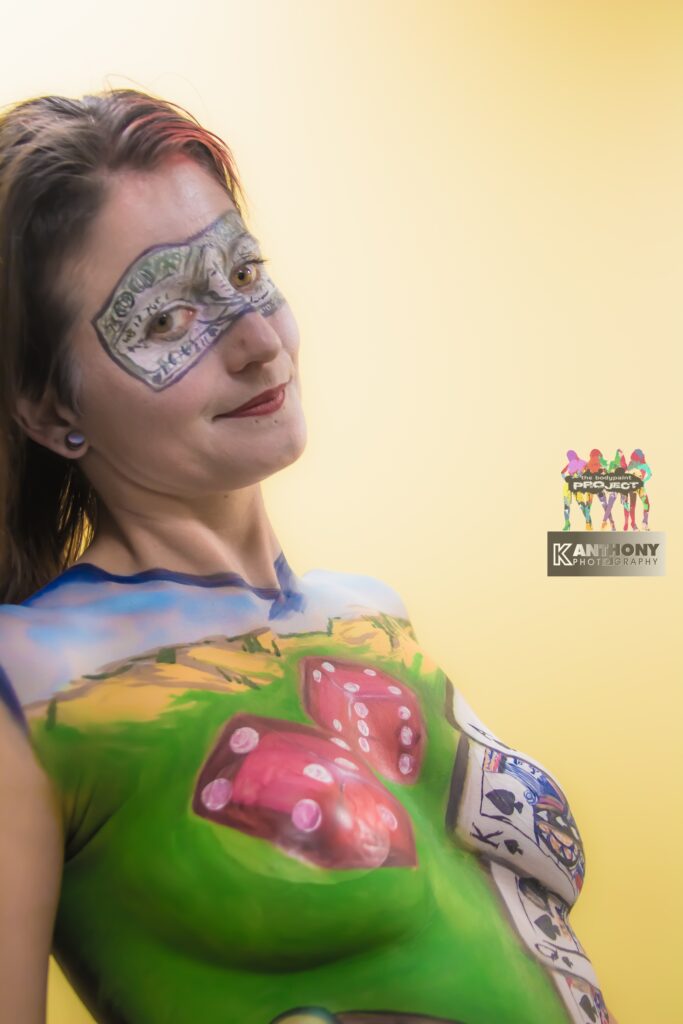
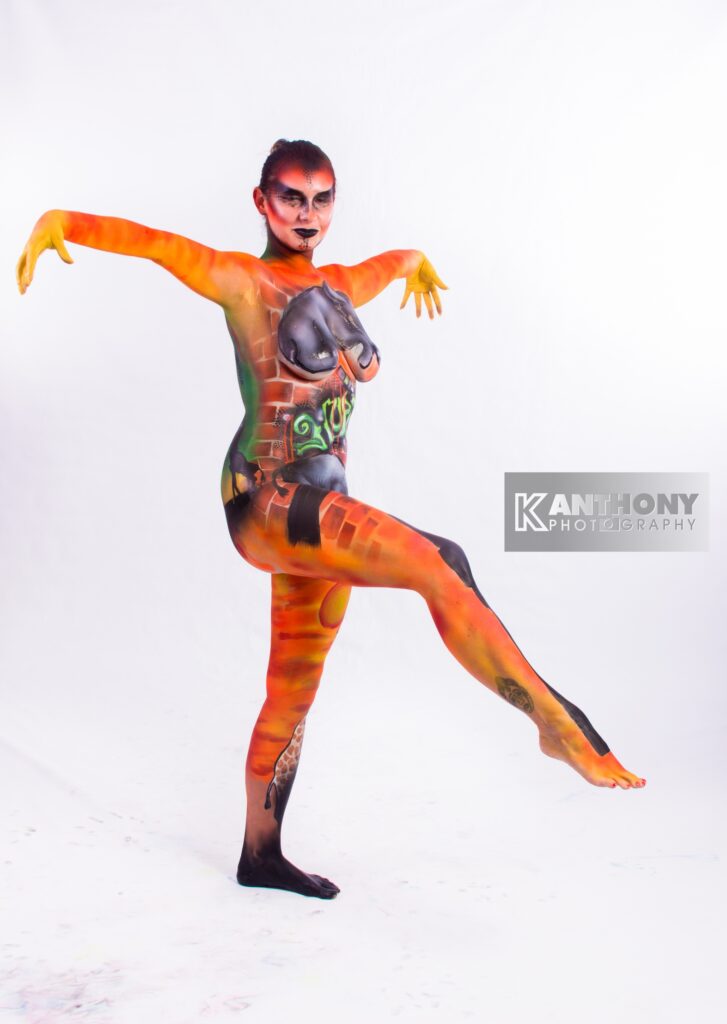
Photography is a powerful tool for capturing the beauty and artistry of body painting. Considering it can take upwards of ½ a day to finish a body paint. It would be a crime not to immortalise the effort. Done well, body painting photography can enhance an already striking visual and to create a compelling story. Personally, I find shooting against a backdrop, though useful for capturing the detail of the work, is limiting as a visual image. Taking a model outdoors opens a plethora of opportunities to bring life into the subject. However, beware of leaving smudges of paint on furniture etc. I’m not sure what’s worse, bodypaint or glitter!
Credits to the Bodypaint Project and Uthink pdp charity for hosting the events where most of these shots were taken.


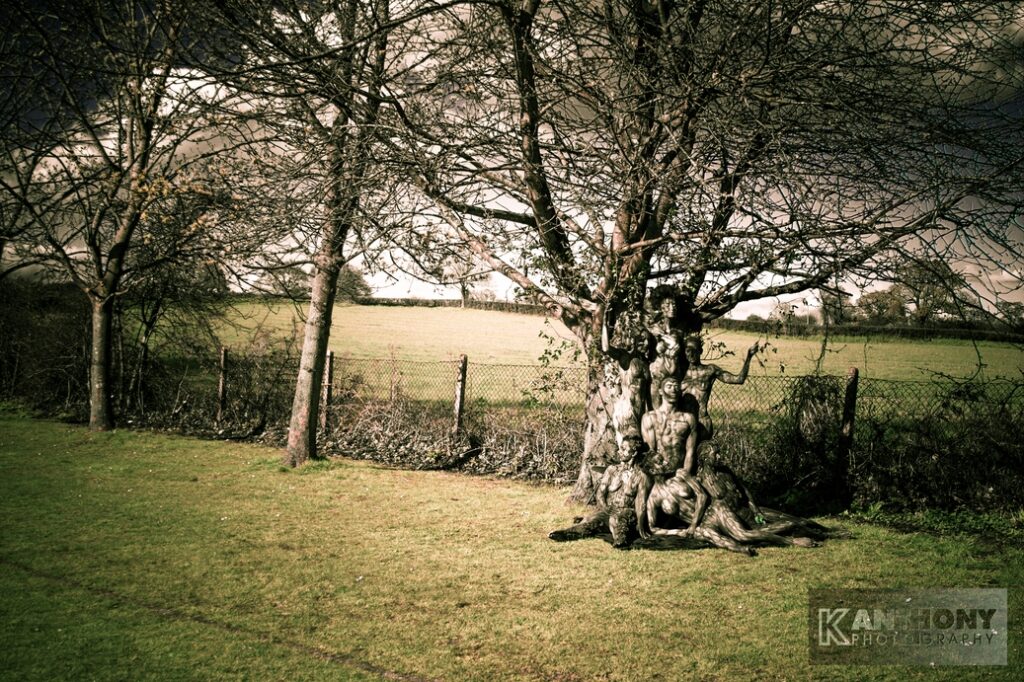
Tell us about your thoughtsWrite message